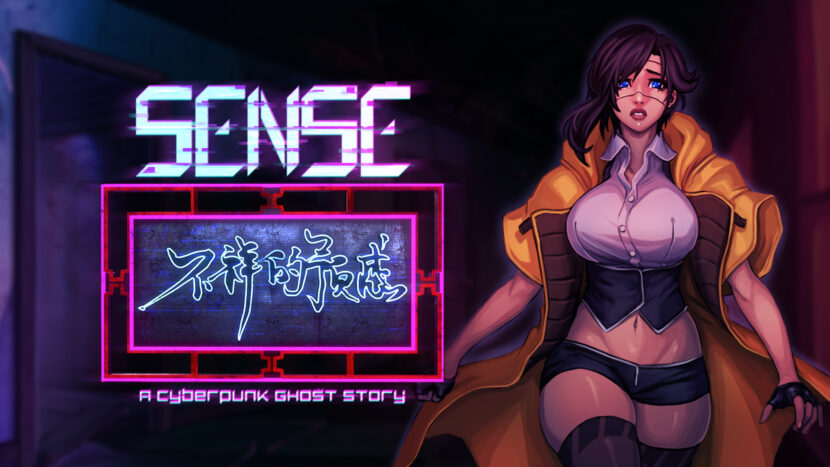
Sense – A Cyberpunk Ghost Story initially seems to be capitalizing on the cyberpunk fervor sweeping the game industry alongside the release of Cyberpunk 2077. We’ve recently seen several projects with a cyberpunk theme such as Dex (reviewed here) and Ghostrunner (reviewed here). But Sense, from Top Hat Studios and publisher Eastasiasoft is actually something else entirely. There’s also a weirdly surprising controversy brewing on the net over the game. My take on this controversy is at the end of this review for those that are interested.
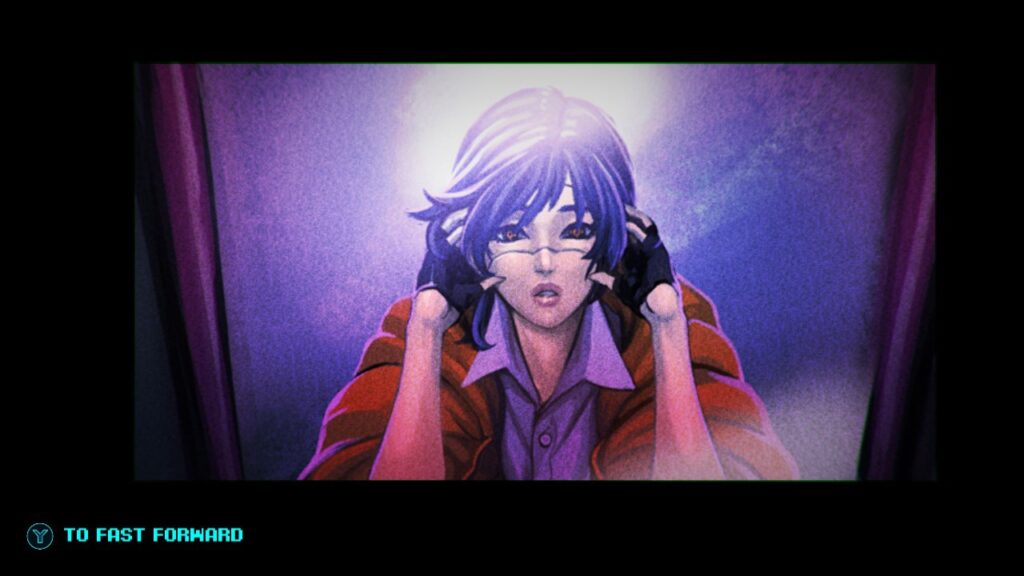
Sense diverges from the typical cyberpunk game rather startlingly. Initially coming across as a side-scrolling adventure game, events early on lead the main character, Mei Lin Mak, to an apartment building crawling with ghosts, forcing her to help the spirits rest before they rend her limb from limb. It’s an abrupt shift that leaves the player spinning at first, having comfortably settled into the format of the game in the introductory sequences only to find it ripped out from under their feet. Honestly, the confusion only makes Sense more compelling though, forcing you to wonder what’s happening and if this will ever become a cyberpunk-style game again.
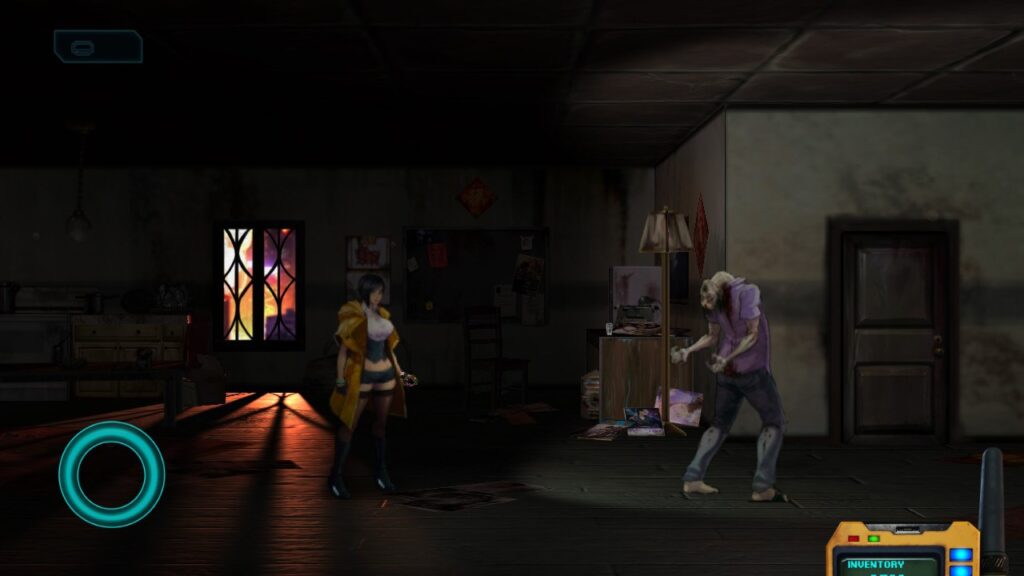
Playing out in 2.5D, Sense is much more of a traditional side-scrolling horror game, much in the vein of Tokyo Dark – Remembrance (reviewed here) and patterned after the Fatal Frame and Clock Tower games. Mei is forced to navigate the Chong Sing Apartments, eerily empty with locked doors and pitfalls at every turn. As you progress, the Chinese mythology entwined with Sense becomes more and more apparent but fits perfectly into the storyline. Putting spirits to rest provides satisfying cut-scenes that show the importance of your task and the challenges are never incredibly hard, but there’s still a sense of being watched as you explore the apartment building.
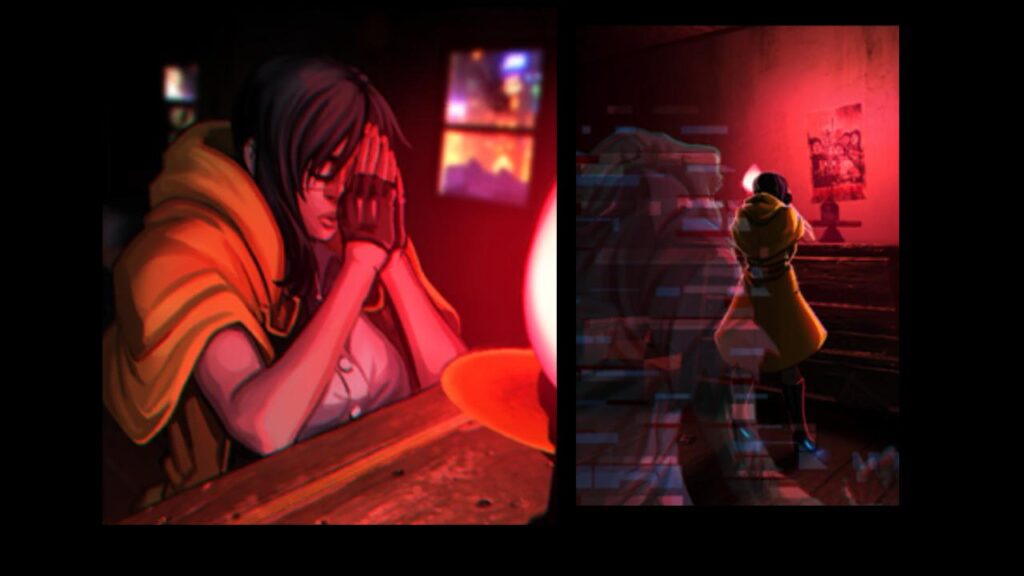
There’s a ton of backstory here, helpfully logged into your PDA. If you read all the stories and notes that Mei takes and collects, Sense ends up being fairly immersive. Different areas of the apartment slowly tie together, creating a feeling of a completely contained world that you’re slowly unlocking. It’s dark, oppressive, and creepy, but also strangely satisfying to creep down the abandoned hallways, constantly on alert for tricks, traps, and most importantly, ghosts.
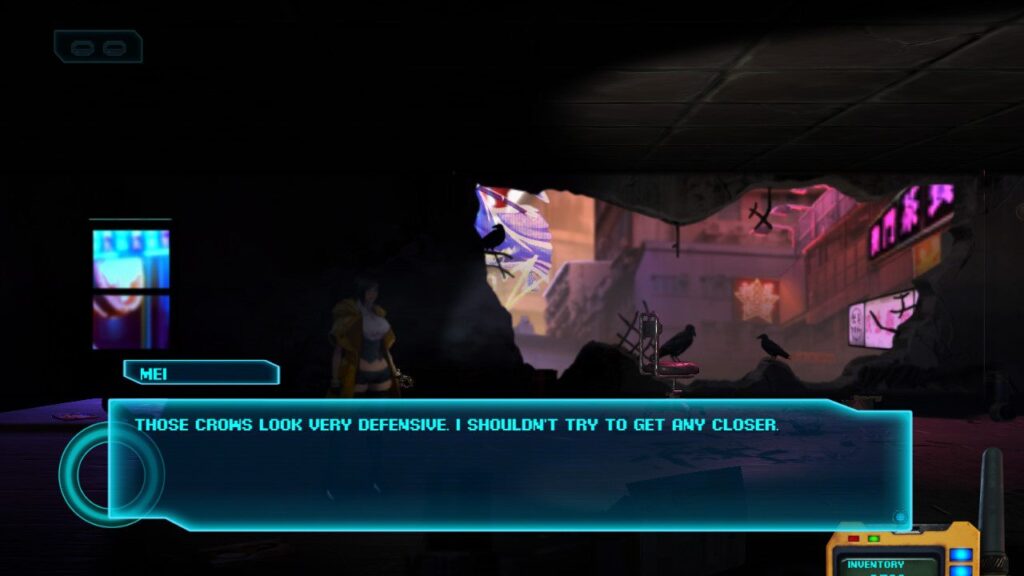
Gameplay in Sense leaves a bit to be desired however. This is mostly a graphic adventure that requires you to find items and utilize them to unlock pathways and proceed. Mai’s movement is quite clunky though, leaving you moving slightly past where you want to stand and missing spots where you are supposed to interact, forcing you to fiddle with the navigation. It’s a bit irritating for a 2D game to have inaccurate controls and clunky animation, but this is an indie title, so there’s a bit of leeway. Puzzles require you to pay more attention the further you play, but absolutely no direction is given so you’ll just have to figure out what the heck to do. Don’t worry, there’s always a solution somewhere if you’re patient.
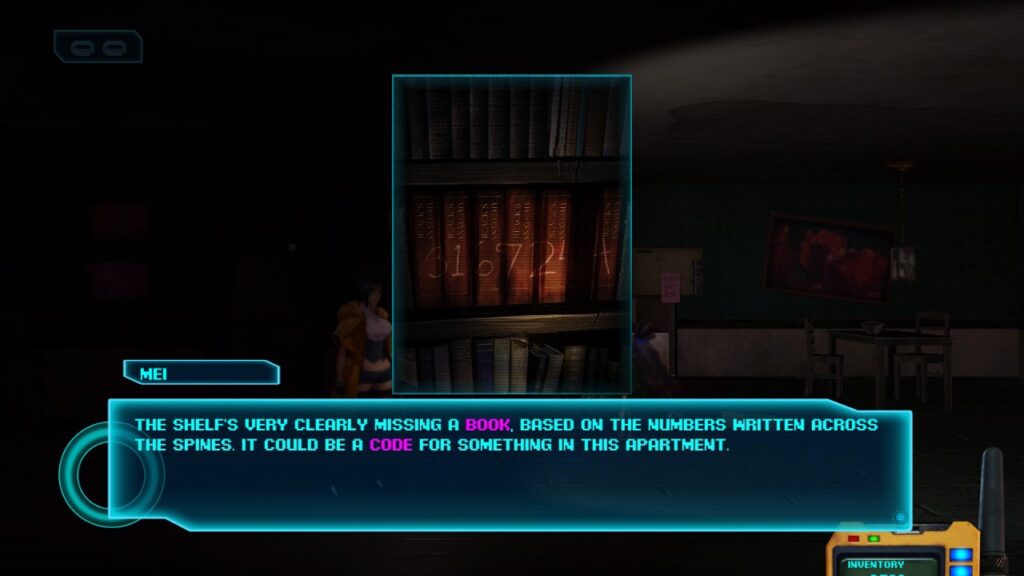
Unfortunately, Sense is also plagued by minor and moderate technical and design issues. During gameplay, there were two fatal errors that simply crashed the game entirely, forcing a full restart. Since Sense uses a Resident Evil-style save system where you have to find items to save with, this is quite irritating. The save system itself is archaic on purpose, but it’s also easily bypassed with quick saves so you can just save anywhere anyway, negating the challenge of finding Betamax tapes to save with.
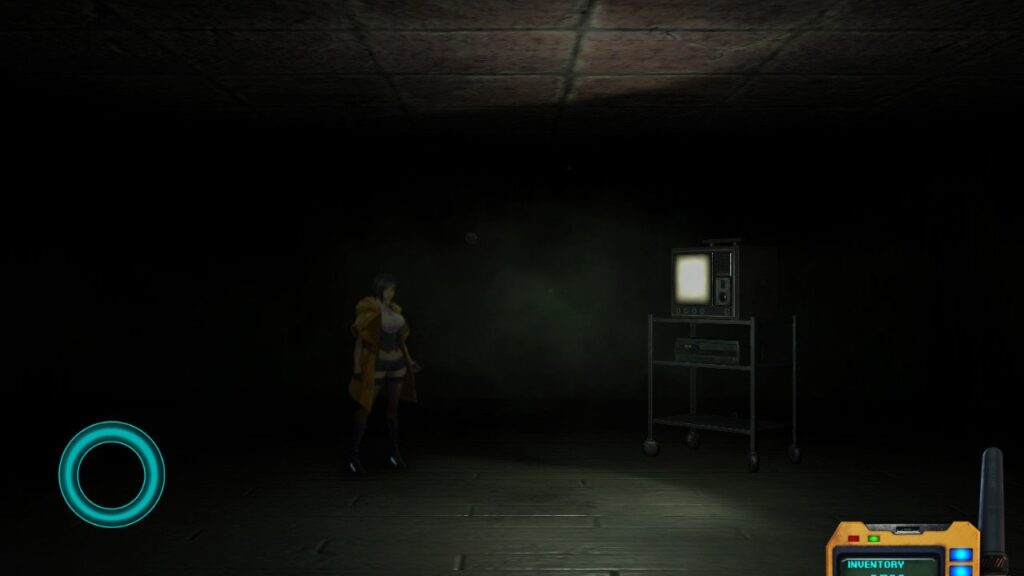
Let’s add some other basic design flaws to those issues. Even though you know what you need to do, you have to keep looking until you perform the right task, allowing you to do what you already knew needed to be done and then proceed with the narrative. This is the bane of all graphic adventures and when it’s obvious, it’s fairly irritating. Being forced to backtrack over and over for items you should have simply been able to pick up sucks, and it all feels like it’s arranged that way just to make the game longer. Combat, when you get to it, is largely unsatisfying and rarely used.
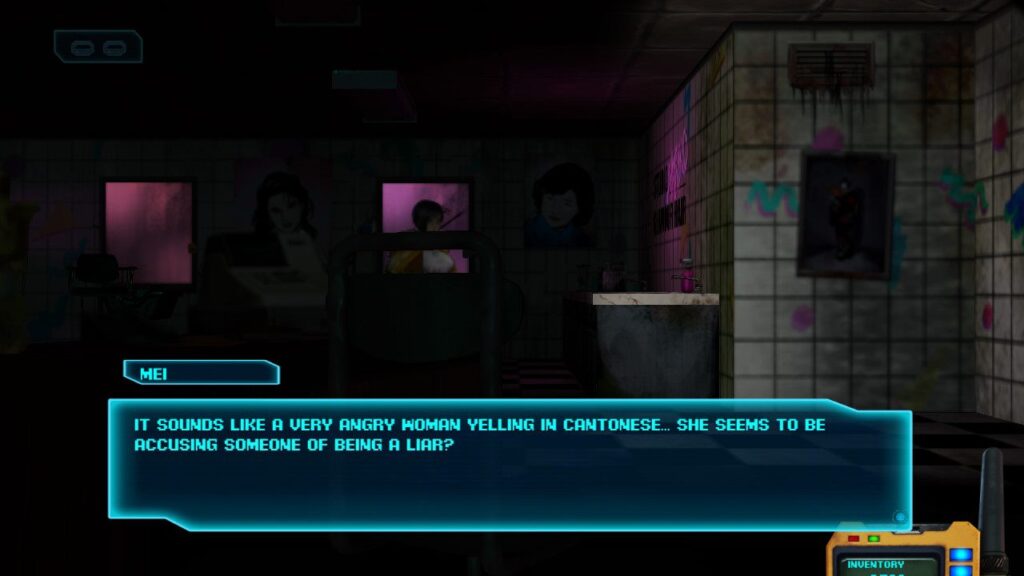
The load times are also fairly slow on the Switch. Sense has a high number of scene transitions, especially in hallways, and while the effects of those transitions are neat, the five seconds of loading every 10-30 seconds and the large amount of backtracking required by the game leads to some substantial overall load times that definitely hamper the gameplay. It definitely would have been better to optimize loading for the Switch or limit the number of times you have to go back and forth between areas for each segment of the storyline, but as it stands, it can be a bit of a test of patience.
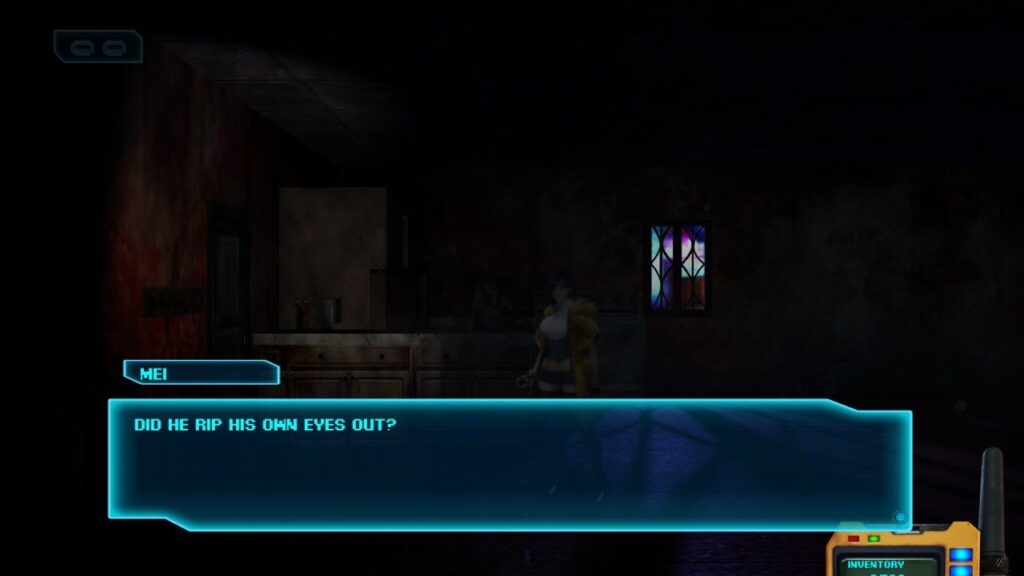
Adding to the save time frustrations, the visuals in Sense are also surprisingly muddy. In undocked mode, the game honestly looks terrible on the Switch, with fuzzy, unclear characters and environments. They don’t improve much in docked mode either. Sense has great character and background designs but simply rough looking graphics that are made worse by the lighting choices. Character animation is also awful, with stiff, inhuman movements even from Mai, and the ghosts move oddly as well. Even cut scenes are soft around the edges, lessening the impact of some of the excellent and gruesome visuals. The image below is with a flashlight on and some weird moving effects happening to give an idea of how bad things can get.
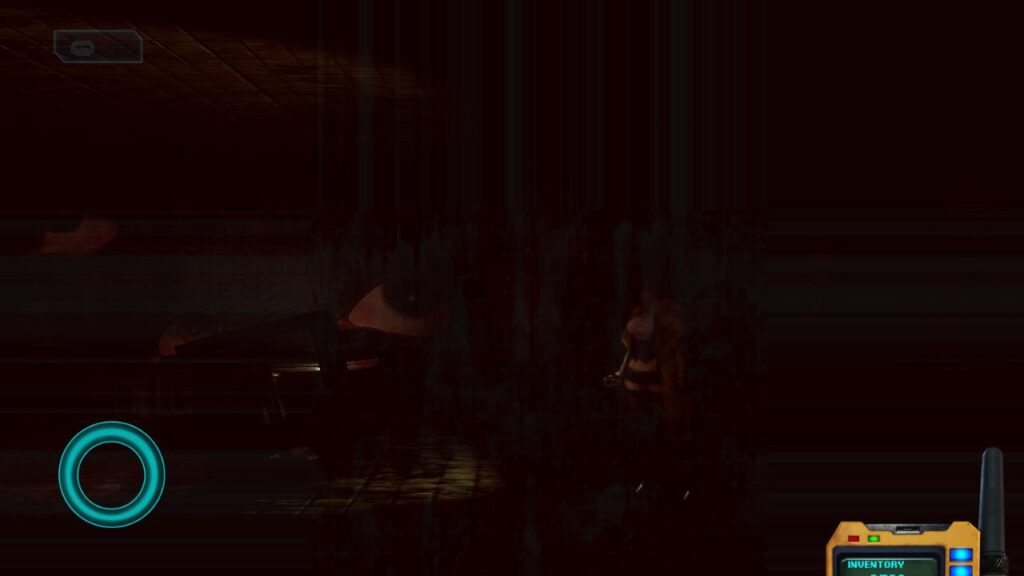
It’s not all bad though as the ghosts and horrors of the Chong Sing Apartments are suitably violent and disturbing. This is a decent ghost game with some solid creep factor and well-designed cut scenes. There are some great shots, great angles, and the way the camera shifts around corners never gets tiresome. The apartments feel a bit too empty though, and the complete lack of background music, sometimes for hours, is strangely lonely, certainly an odd choice but one that managed to work overall. The clack of Mei’s boots definitely gets tiresome after a while though. We forget how much a game soundtrack matters until there suddenly isn’t one and Sense is definitely lacking musically.
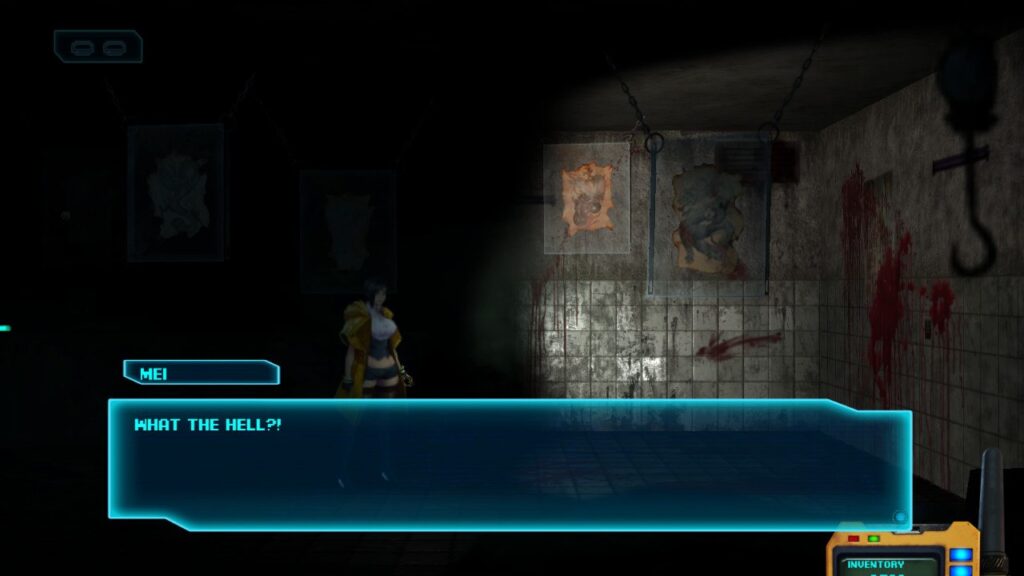
String everything here together and you have an interesting but flawed title in Sense – A Cyberpunk Ghost Story. There’s also a distinct lack of cyberpunk flavor, leaving us to wonder if perhaps Sense – A Ghost Story might have been a better title. While the plot gets bogged down in the backtracking for most of the game, the last bit ends up fairly worthwhile and the game is at least interesting the whole way through, but it’s easy to get frustrated both with the amount of running around you must do and the load time and little glitches in the game. Sense never manages to be incredibly scary either, but it does use cut scenes quite well, adding a taste of excitement. You know something interesting is about to happen every time a cut scene starts up! Overall, Sense is a mixed bag of a game with some pacing issues but a decent plot and concept and some excellent Chinese folklore and mythology. At $20, it’s probably a bit more expensive than it should be, but it would definitely be worth checking out on a sale if you had some spare cash. If you’re partial to horror games, give it a shot!
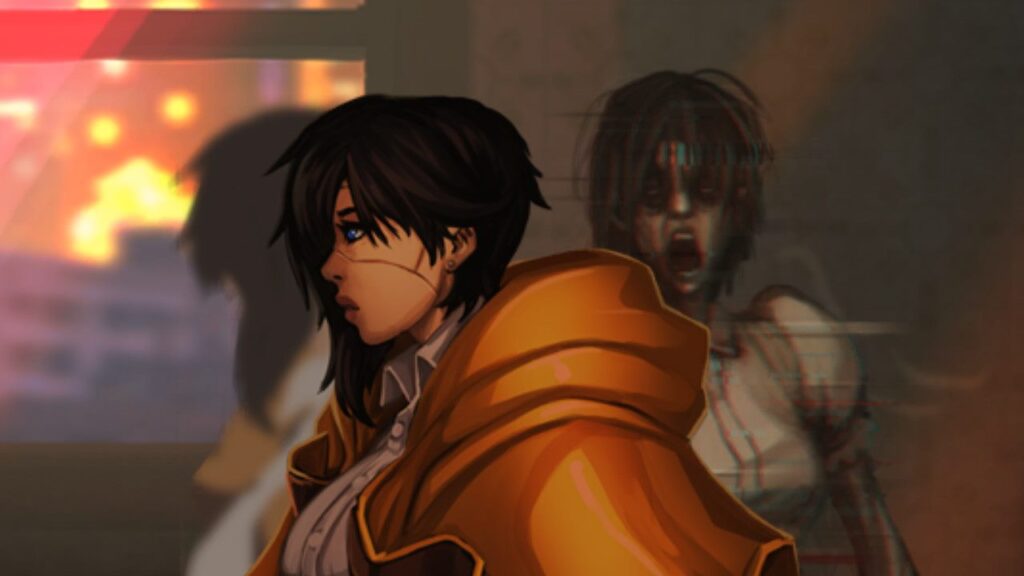
And now for the controversy. It seems that people have been attacking Sense – A Cyberpunk Ghost Story fairly heavily on Twitter, mostly for the size of the breasts of characters in the game, calling it near-pornographic, sending the folks over at Top Hat Studios actual death threats, and all the other things that useless internet trolls do because they don’t seem to have lives. Let’s be honest, the female characters in Sense (including Mai) have huge chests. True. Is there any actual pornography or even any naked people in Sense? Not that I’ve seen. In fact, I recently reviewed a game called Crawlco Block Knockers for the Switch where the primary goal of the game is to clear boxes in a match-three style puzzle format to see bare breasts. Uncensored. On the Switch. There’s another game that came out a couple of years ago for the Switch called Omega Labyrinth Life in which you play girls whose breasts get bigger as you level up. In that game, you have to touch the girls to get them to, well, orgasm violently. They then squirt all over the screen and you dutifully collect it in containers to water the plants in your garden with. I am not making this up and I even reviewed it here.
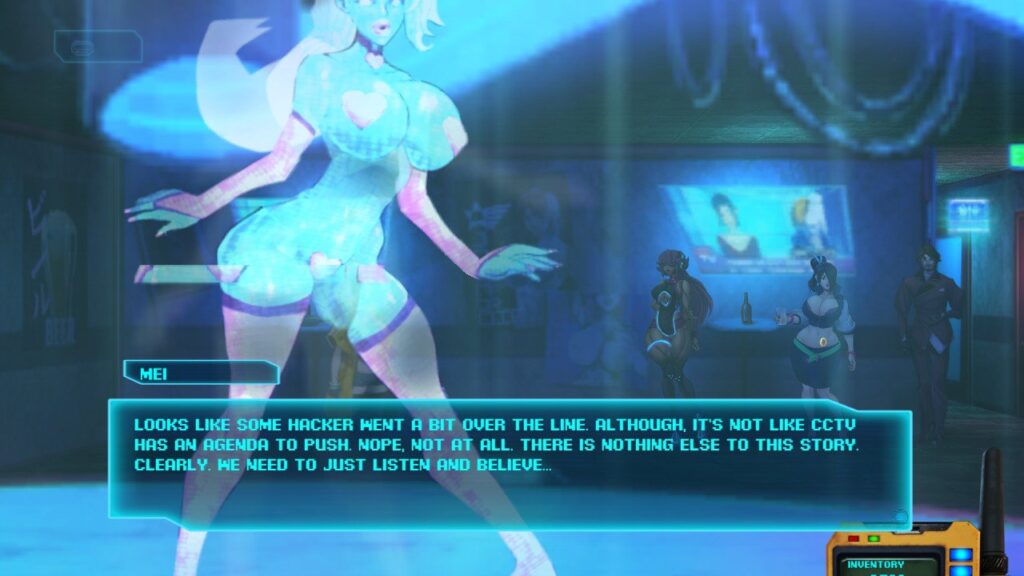
Compared to these completely ignored titles, there’s nothing of any offence in Sense. Not at all. If disproportionate women were inherently offensive, there would be no comic book industry. No anime. Heck, we wouldn’t even have the Tomb Raider franchise. The movie and TV industries would be in shambles. Is it objectification and sexualization? Sure. Does it warrant death threats and boycotts for a relatively obscure company? Of course not. Sure, there are issues with sexuality in the video game industry. I’ve even discussed it before in an article entitled “He Broke My X Button – A Editorial on the Sexualization of Women in Video Games”. So let’s take a step back and look at Sense, which is a decent horror game with commonly stylized character choices and make a group effort not to threaten or harass the developers. Instead, maybe we can take a look at how our society presents and markets these things commonly, whether that’s an issue, and what different groups and cultures find acceptable, because sexualization, especially female sexualization, is definitely not going away anytime soon.
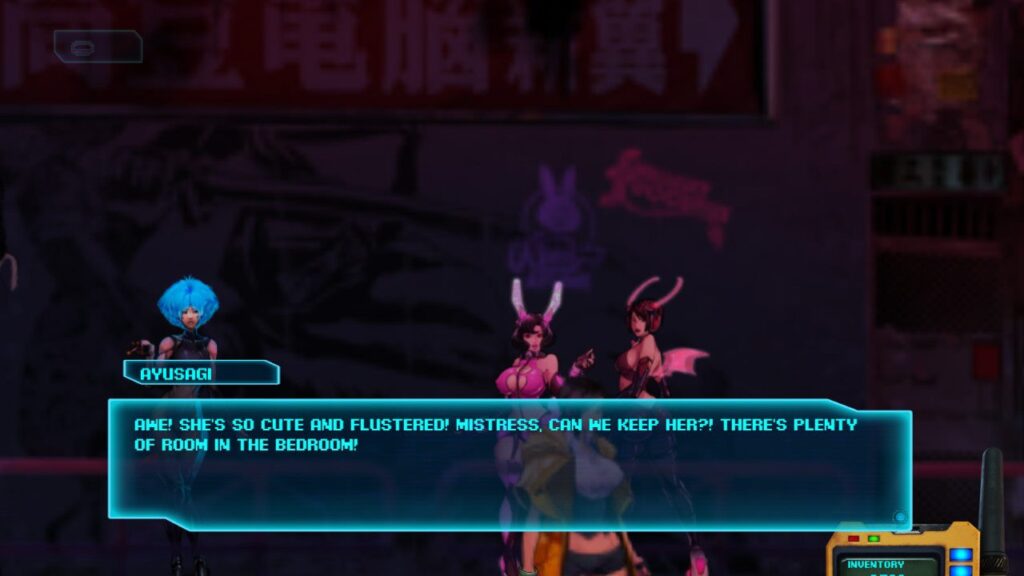
This review (and editorial) was based on a digital copy of Sense – A Cyberpunk Ghost Story provided by the publisher. It was played on a Nintendo Switch in both docked and undocked modes. Sense – A Cyberpunk Ghost Story is also available for Xbox One, PS4, Vita, and the PC on Steam according to the game’s website, though not all versions are available at this time. All screenshots are from actual gameplay.

